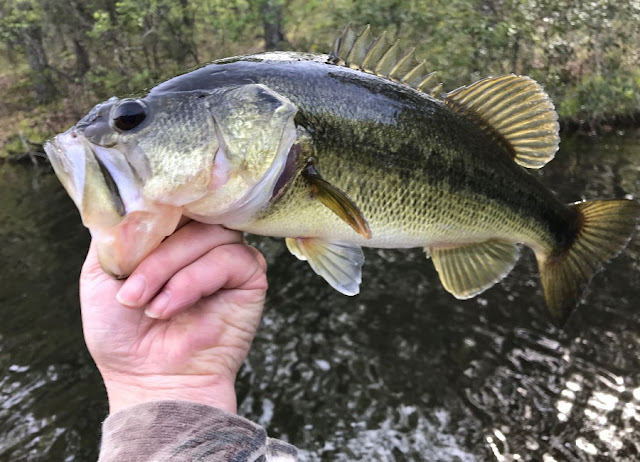How To Choose Fishing Rods For Trout
As the waters begin to warm in many regions, trout are beginning to spawn. They are hungry and their metabolism is high which gets the angler excited about fishing for them once again. With warmer temperatures, one can expect hatches of Mayflys, Caddis, Blue-winged olives and Sulphurs which means that fly selection should be influenced by this. This article will provide insight (based on my limited knowledge) about fly fishing for trout and help you choose your equipment.
WIth trout, I find that the more expensive rods work better than the cheap ones. For example, I used to fish with a $200 Orvis Superfine fiberglass rod and it worked great for me. But after one good fall on some rocks, the cork began to come off. I replaced it with an Echo Ion 8' #5. This is a great rod for trout, very sensitive and can cast surprisingly far with little effort. If you do not have the money to buy an expensive rod, don't worry about it too much. I found that my Orvis Clearwater #6 works fine in most creeks except in the larger ones where I need more reach when fishing the long riffles.
I have found that most trout flies are usually small, between size #14 and #20 depending on the time of year. I prefer to use smaller hooks since they hook better than larger ones. It is true that large salmon egg patterns can work well in some cases, but for me I prefer more subtle colors. I use a lot of Elk Hair Caddis, Partridge and Orange, Blood-midges and Pheasant tail nymphs. In the autumn when the Sulphurs start to hatch I also like to tie some Catskill doubles in #14 for this occasion.
You should buy rods that are long enough to reach from your head to your feet. Most fly rods are between 7' and 9', some can go up to 12'. For smaller streams, 8' is fine but if you fish the larger ones you might need a longer rod for more reach.
You should also buy reels with good line lay. A fast taper line has less resistance in the water and is easier to cast. I know a lot of anglers use an Orvis Hydros IV which is a great reel, but they are expensive. The Hatch II is a good alternative at less than half the price.
For my line, I prefer floating lines because you can mend them more easily if needed and most trout flies float so this works for me. For sinking lines, I prefer a type III because they are easier to cast than type II.
Lastly, you should know the water that you will fish well. This means that if it is fast and broken-backed then choose bigger flies and better rods because these conditions require more casting distance. If the water is slow and smooth then you can use smaller flies and less powerful rods.
More social:
https://www.behindthesteelcurtain.com/users/jamesfishing
https://www.baltimorebeatdown.com/users/jamesfishing
https://www.patspulpit.com/users/jamesfishing
https://www.thephinsider.com/users/jamesfishing
https://www.ganggreennation.com/users/jamesfishing
https://www.blogger.com/blog/posts/1542079965504064161
https://www.blogger.com/blog/posts/6444275202387597017
https://teehandy.wordpress.com/
https://teehandy.mystrikingly.com/



Nhận xét
Đăng nhận xét